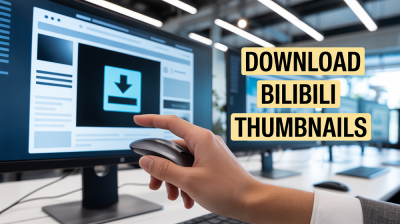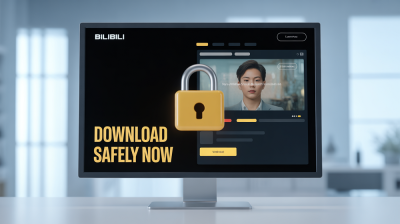Before you hit that record button, it’s crucial to take a step back and really think about who you’re making content for. Understanding your audience is like having a roadmap; it guides your creative journey and helps ensure that you’re heading in the right direction.
Start by asking yourself a few questions:
- Who are they? Consider the demographics like age, gender, location, and interests. Are they teenagers looking for entertainment, or adults seeking DIY tips?
- What are their pain points? Every audience has challenges they face. Identifying these can help you create content that resonates. For instance, if your audience is aspiring cooks, they might struggle with quick recipes.
- What platforms do they use? Understanding where your audience hangs out online can help you tailor your content style. Are they on TikTok, Instagram, or Reddit?
To solidify your understanding, consider conducting surveys or polls on social media. You can ask about their favorite YouTube channels or what topics they’d love to see. Engaging with potential viewers through comments or forums can also provide invaluable insights. Remember, the more you know about your audience, the better your content will resonate with them!
Choosing the Right Content Theme
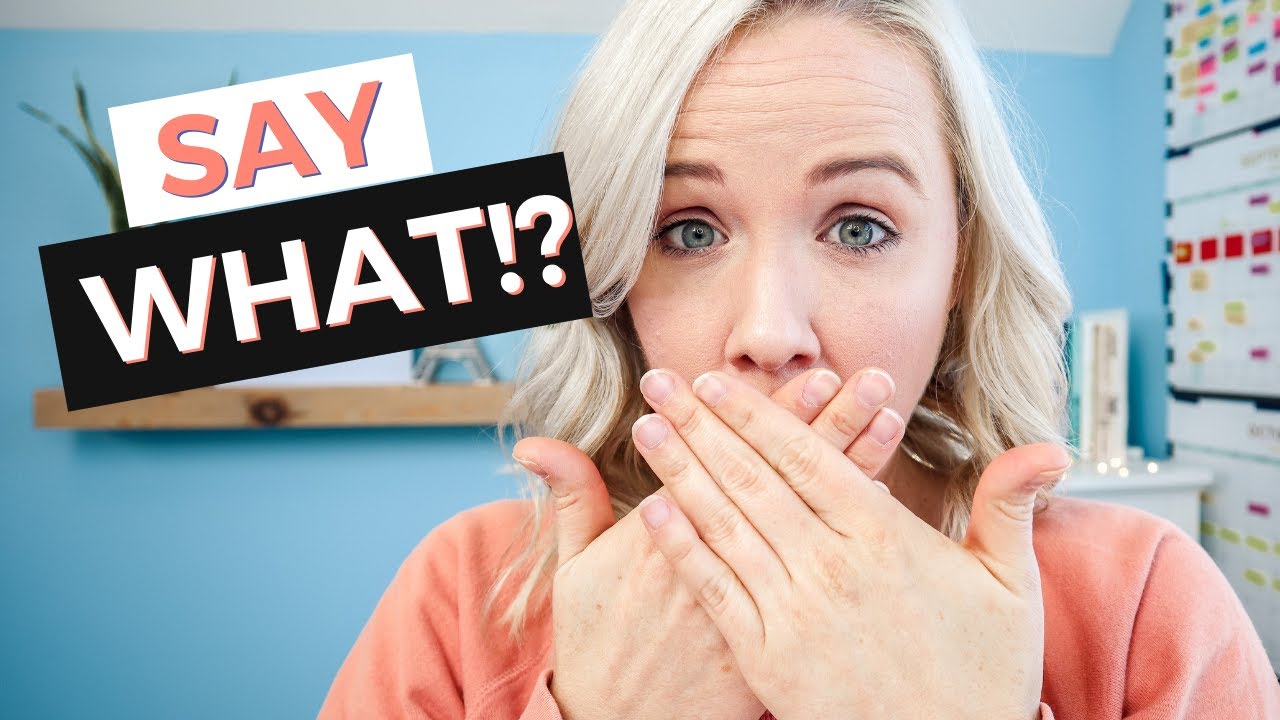
Now that you have a grasp on your audience, it’s time to choose a content theme that feels right for your first YouTube video. This theme will act as the backbone of your channel, influencing the type of videos you create in the future.
Here are some steps to guide you:
- Identify Your Passion: What topics excite you? Whether it's travel, tech reviews, or beauty tutorials, your enthusiasm will shine through. For example, if you love cooking, a recipe video could be a perfect start.
- Research Popular Niches: Look into trending topics on YouTube. Tools like Google Trends or YouTube’s search suggestions can illuminate what viewers are curious about. For instance, if "sustainable living" is trending, consider creating content around eco-friendly practices.
- Experiment with Formats: Think about how you want to present your content. Will it be a vlog, tutorial, or commentary? Mixing formats can keep your channel dynamic. A "Day in the Life" vlog followed by a tutorial on a specific skill can provide variety.
Finally, don’t forget to check your competitors. What themes are they focusing on? While you want to stand out, understanding their approach can help refine your own ideas. Your first video should reflect your unique voice while being mindful of what your audience enjoys!
Also Read This: What Happened to Lalate on YouTube? Exploring the Mystery Behind the Channel's Absence
3. Planning Your Video Structure
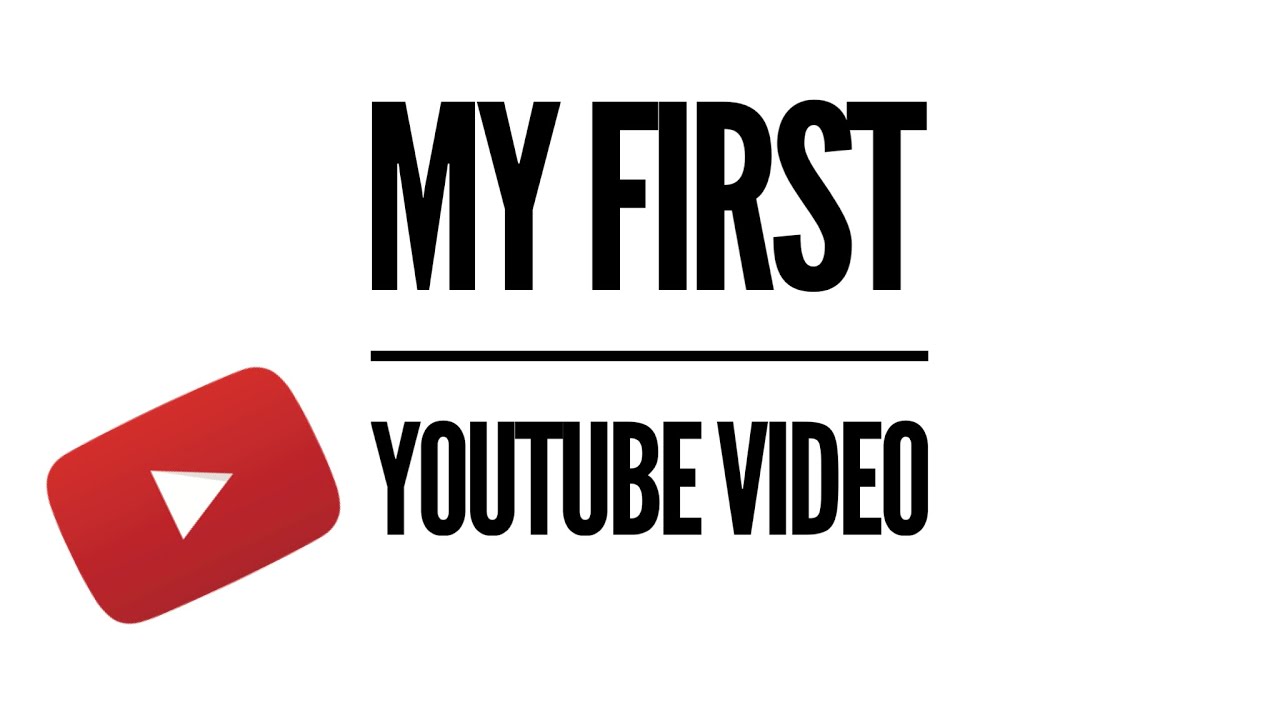
Planning your video structure is like setting the foundation for a house—it ensures everything stands strong and looks appealing. A well-structured video keeps your audience engaged and makes your content easy to follow. Here’s a simple breakdown to help you get started:
- Introduction (10-15 seconds): Start with a catchy hook. Maybe a question or a fun fact related to your topic. For example, “Did you know that 500 hours of video are uploaded to YouTube every minute?”
- Main Content (2-5 minutes): Clearly outline what you’ll cover. Use bullet points to highlight key segments. Think of it as a roadmap for your viewers.
- Point 1: Explain your first main idea.
- Point 2: Dive deeper into the second topic.
- Point 3: Wrap up with a strong conclusion.
- Conclusion (30 seconds): Summarize the main points and encourage viewers to take action, like liking or subscribing. A simple “If you found this helpful, hit that subscribe button!” works wonders.
Lastly, consider using visuals or on-screen text to reinforce your key messages. This not only provides variety but also caters to different learning styles!
Also Read This: What Channel is the NFL Network on YouTube TV? A Football Fan’s Guide
4. Tips for Filming and Editing
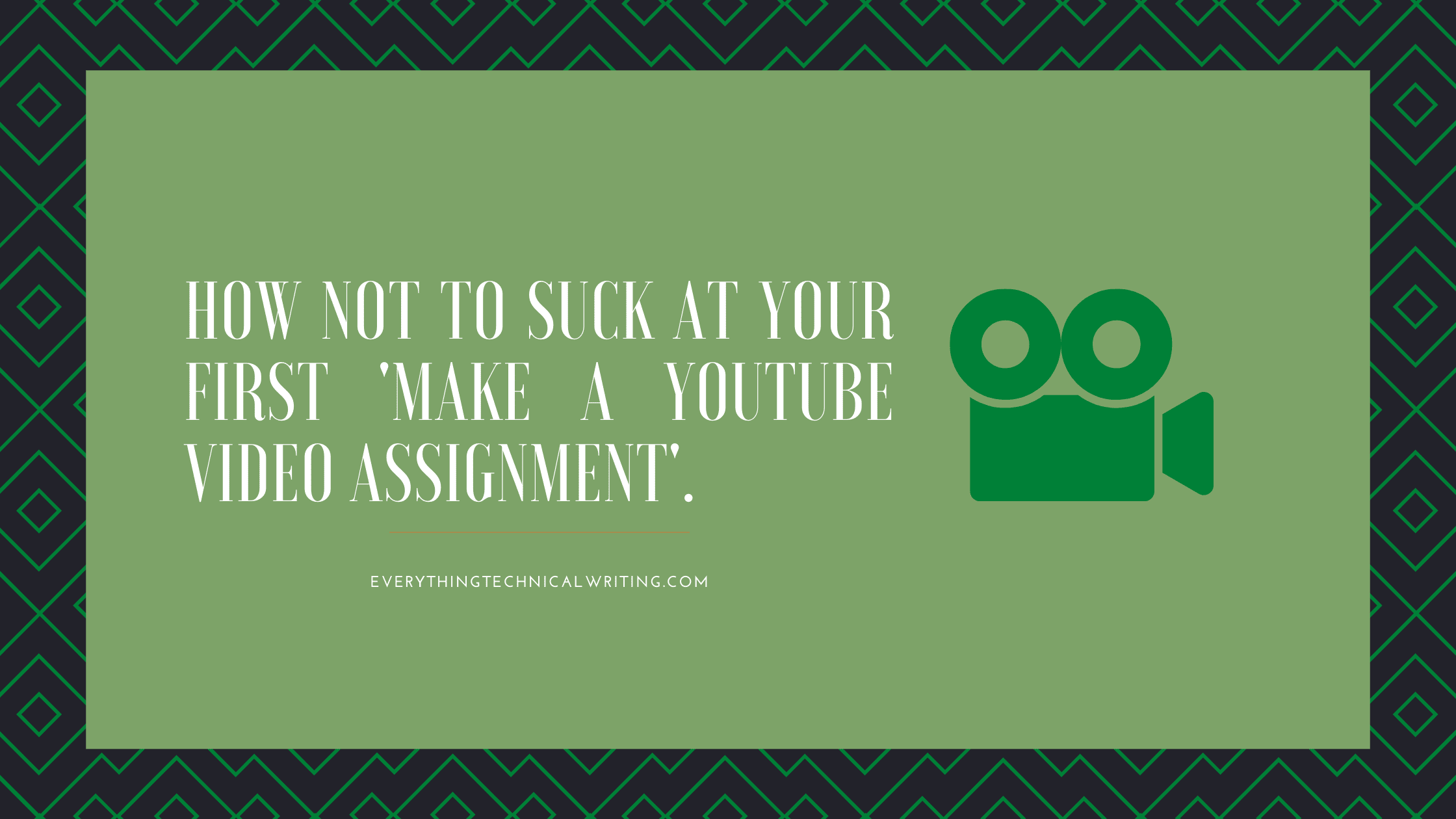
Filming and editing can seem daunting, but with the right approach, it can be a fun and creative process! Here are some handy tips to elevate your first YouTube video:
- Lighting is Key: Natural light is your best friend! Try filming near a window or outdoors during the golden hour. If indoors, consider investing in softbox lights for a professional touch.
- Sound Matters: Clear audio is crucial. Use a good microphone, and avoid noisy environments. If you can, test your sound levels before hitting record.
- Stable Shots: Keep your camera steady! Use a tripod or a stable surface to avoid shaky footage. A steady shot keeps viewers focused on your message.
- Edit for Engagement: Use editing software to cut out unnecessary parts and add transitions. Incorporate background music, text overlays, and graphics to keep things lively.
- Be Yourself: Authenticity resonates with audiences. Don’t stress about perfection; embrace your natural style and personality!
Remember, practice makes perfect! The more you film and edit, the more comfortable you’ll become, paving the way for more engaging content in the future.
Also Read This: How Do I Download Music from YouTube to iTunes? A Simple Guide to Transferring YouTube Music to iTunes
5. Optimizing for SEO and Engagement
When you’re starting your YouTube journey, optimizing your first video for SEO (Search Engine Optimization) and engagement is vital. It helps your content reach a wider audience and keeps viewers interested. Here are some tips to get you started:
- Keyword Research: Use tools like Google Keyword Planner or TubeBuddy to find relevant keywords. Incorporate these keywords naturally in your title, description, and tags.
- Compelling Title: Your video title should be catchy yet informative. For example, instead of just “My First Video,” try “A Beginner’s Guide to Starting a YouTube Channel!” This attracts both viewers and search engines.
- Engaging Thumbnails: Create eye-catching thumbnails that summarize your content. Use bright colors and bold text to stand out. A good thumbnail can significantly increase your click-through rate.
- Detailed Descriptions: Write a detailed description of your video content. Include your keywords and provide links to social media or other important resources. This helps YouTube understand your content better.
- Call to Action: Encourage viewers to like, subscribe, and comment on your video. Ask open-ended questions that invite engagement, such as, “What topics would you like me to cover next?”
Remember, the key is to create value. When your content resonates with viewers, they’re more likely to engage and share it!
6. Promoting Your Debut Video
So, you’ve created your first video—now what? Promoting it effectively is crucial to gaining traction. Here are some innovative strategies to get the word out:
- Social Media Blitz: Share your video across all your social media platforms. Create teaser clips or engaging posts to spark interest. Don’t forget to use relevant hashtags to increase visibility!
- Join Relevant Communities: Participate in online forums or Facebook groups related to your video's topic. Share your video when appropriate, ensuring it adds value to the conversation.
- Collaborate with Other YouTubers: Reach out to creators in your niche for collaborations. This can introduce your content to their audience and vice versa, creating a win-win situation.
- Email Newsletter: If you have a mailing list, send out an announcement about your new video. A personal touch, like explaining why you created it, helps foster a connection.
- Engage with Your Audience: Respond to comments on your video and engage with viewers on social media. Building relationships encourages viewers to share your content.
By actively promoting your debut video, you not only increase its visibility but also start building a community around your channel. Remember, every view counts!
 admin
admin




